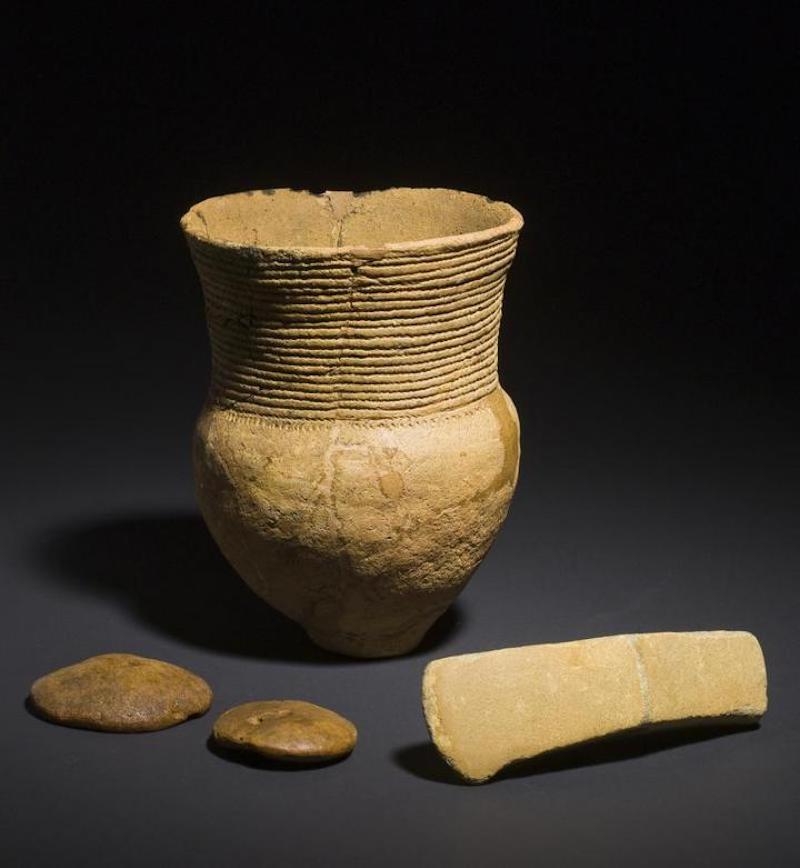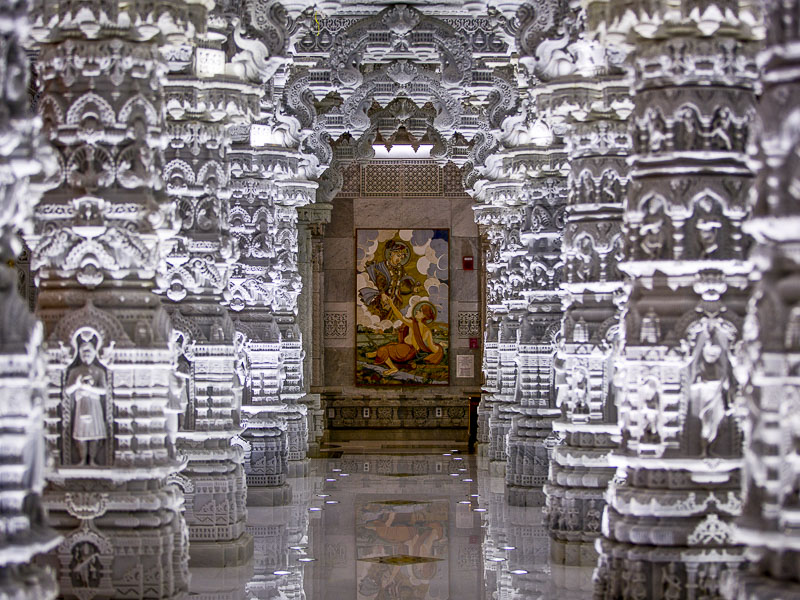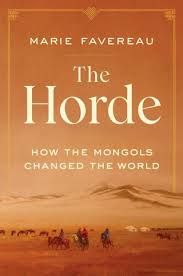For a change I got to be interviewee instead of interviewer and it was fun. Abhinav Prakash from urban chatterati chatted with me about India, Pakistan, Hindutva, the usual stuff.. nothing systematic, just a casual chat…
Month: May 2021
Open Thread – 05/29/2021 – Brown Pundits
My new Substack piece on Romani genetics and history should be up by now. 6,000 words, so I split it in two.
What the internet is today
The troll above lives in Frisco, TX. If I spent $1 I could look up their name and identity. I have 35,000 Twitter followers, and blogs and newsletters that get tens of thousands of pageviews a day. I could make this person “famous” very quickly!
I (probably) won’t do this, but the lesson I want to put out there: be careful who you troll with appropriate “opsec.” Most of the time you people are beneath notice, but I am becoming aware I will have to “make examples” at some point soon to dissuade some of the more nasty behavior that crops up on the internet.
You don’t hide behind anonymity as much as you think. I “own” what I do say on the internet. Many of you lack courage so behave in a nasty manner under “pseudos.” But the day is something when monsters will get hungry, and even anchovies will appetizing.
They forgot who they were?

Right now I am working on a piece about Romani for my Substack. The first clear mention of Romani in Europe is in Crete in 1322. This is certainly postdated their arrival, but there is a good amount of circumstantial linguistic and genetic evidence that they left the Indian subcontinent not much earlier than 1000 AD.
Genetically on the whole the Romani are ~30% South Asian in ancestry (some groups and individuals are closer to 50%, others to 20%). Even besides this fact, just physical inspection of some of the Romani makes it clear what part of their origins are. Their language is similar enough to other Indo-Aryan languages that a Hungarian Reformed theologian who learned some Sinhalese at a seminary in the Netherlands in the 18th century was the first to identify that it was Indo-Aryan because of its similarity. Some lascars did the same in the United Kingdom when they overheard Romani talking to each other in Wales.
But this brings me to a curious fact: the Romani seem to have forgotten their Indian origins by the time they arrived in Europe, after a sojourn of centuries in the Middle East. The Romani are nomadic people who have an oral culture. There is a great deal they remember. The term for a Christian “cross” in Romani is trushul. But they forgot where they came from.
How much steppe is there in Pakistan?
In the annoying dick-swinging competition that are the comments-board, someone asserted Pakistanis have a lot of steppe even on the maternal side. Really?
We have Sintashta mtDNA and the discordance was shocking to me. But there are some groups in Pakistan with detectable Sintashta mtDNA. These samples from Hazara, Kho, Pashtun, Kashmiri,and Kalash. They identify 8.4% steppe mtDNA. Pakistan as a whole has a lot more “West Eurasian” mtDNA, but that’s obviously due to the legacy of the IVC. Anyway, Complete mitogenomes document substantial genetic contribution from the Eurasian Steppe into northern Pakistani Indo-Iranian speakers:
In summary, based on available archeological and high-resolution mitogenome data from northwestern Pakistan, especially from Iranian and Dardic populations, who are suggested to be the surviving traces of early Indo-Iranian groups, we identified the genetic contributions of different dispersals from west Eurasia into northern Pakistan during the Bronze Age onward. Importantly, we identified five haplogroups as the genetic legacy of IE speakers from the Eurasian Steppe, likely dispersed along with the migration of IE-speaking populations during the Bronze Age into northern Pakistan, thus implying that IE language expansion into South Asia was not simply mediated by cultural diffusion. This migration contributed 8.4% of the gene pool of northern Pakistani IE speakers, suggesting this demographic connection, which is a possible source of IE language diffusion, could be one part of the complex demographic history of the region. Our results also provide implications on the two main hypotheses of IE language origination, viz. Anatolia and Steppe hypotheses. Considering that Steppe components were observed in all Indo-Iranian groups in northern Pakistan in our study, as well as in other regions in South Asia [10], while lineages possibly representing the genetic legacy of Neolithic farmers, e.g., R2e, K1, were either absent or not found in all of the IE-speaking groups in northern Pakistan, our results lend more support to the Steppe hypothesis, at least from a matrilineal perspective. Furthermore, these IE speakers, as evidenced by the genetic legacy identified here, also moved southward and contributed genetically, though to a rather limited extent, to the Indian subcontinent, suggesting northern Pakistan as a corridor in the spread of IE languages during the Bronze Age dispersals into South Asia. Since our study is only based on mtDNA data, which only reflect maternal histories of populations, more investigations based on genome-wide data are also needed to intensively dissect the expansion of IE speakers into South Asia.
Open Thread – 05/22/2021 – Brown Pundits
Clubhouse is open on Android. You can follow me @RazibKhan. Also, please follow the Brown Pundits club.
Lakshmi

I’m spending a lot of time reading about the Corded Ware for my series on the steppe. The Corded Ware is a culture that appeared that abruptly in Northern Europe between 2900 and 2800 BC, covering a vast territory of Central and Eastern Europe in a century. The name derives from the unique marks left on their pottery.
For decades scholars have argued whether they were an indigenous development out of the farmers who occupied this region for thousands of years, or whether there was a mass migration out of the steppe. More realistically, there was a synthetic position between at some point. Perhaps the farmers were influenced by a few elite bands migrating out of the steppe?
Today due to ancient DNA we know more. The Corded Ware culture in its mature phase is about 70% Yamnaya and 30% farmer. The farmer’s ancestry almost certainly comes exclusively through women. The Y chromosomes of the farmers were G2. There is very little of that within a few generations. It is almost all R1a.
But that leaves us with the question: where did the new pots come from? The answer is straightforward: the men from the steppe took wives from the farmers. They killed their fathers and brothers and took them to their homesteads to bear them children. These women knew how to make pots because they did not come from nomadic backgrounds. They adapted their techniques to making pots that exhibited marks that made them resemble the baskets that their husbands brought in their wagons.
The miracle of the immediate emergence of a new pottery technique is due to the fact that the nomads didn’t learn to work in clay. Their wives already had the skill.
Why is this posted on this weblog? That’s a question that does have an answer…
Open Thread – 05/15/2021 – Brown Pundits
What’s going on? COVID-19 in India, the Middle East conflict, etc. I can’t wait for “white boy summer” to really start. Too much news.
BAPS!

I don’t have much to add, but of course, the word “caste” is used but not “class.” I think we’ll expect more of this…
Open Thread – 05/08/2021 – Brown Pundits
New Browncast up. It’s about the ’71 genocide (if you haven’t, please subscribe on a podcast app). I haven’t talked up the Patreon in a while, but all the hosting/editing (we need more than the usual storage since sometimes there are 4-5 podcasts in a month!) is supported by that, so if you like what we’re doing, please chip in. I usually post episodes early for patrons.
 My first steppe piece on Indo-Europeans is up at my Substack. It, and the subsequent steppe pieces are going to be paid.
My first steppe piece on Indo-Europeans is up at my Substack. It, and the subsequent steppe pieces are going to be paid.
Unherd will be posting a review of The Horde: How the Mongols Changed the World on Monday.
Also, I think it is high time I spotlight some work/projects of BP contributors: The Emissary and Meru Media.
Make sure to follow me on Clubhouse and the Brown Pundits Club. We’ve been doing a lot of impromptu discussions on the club, so once it opens up to Android you’ll want to join.
